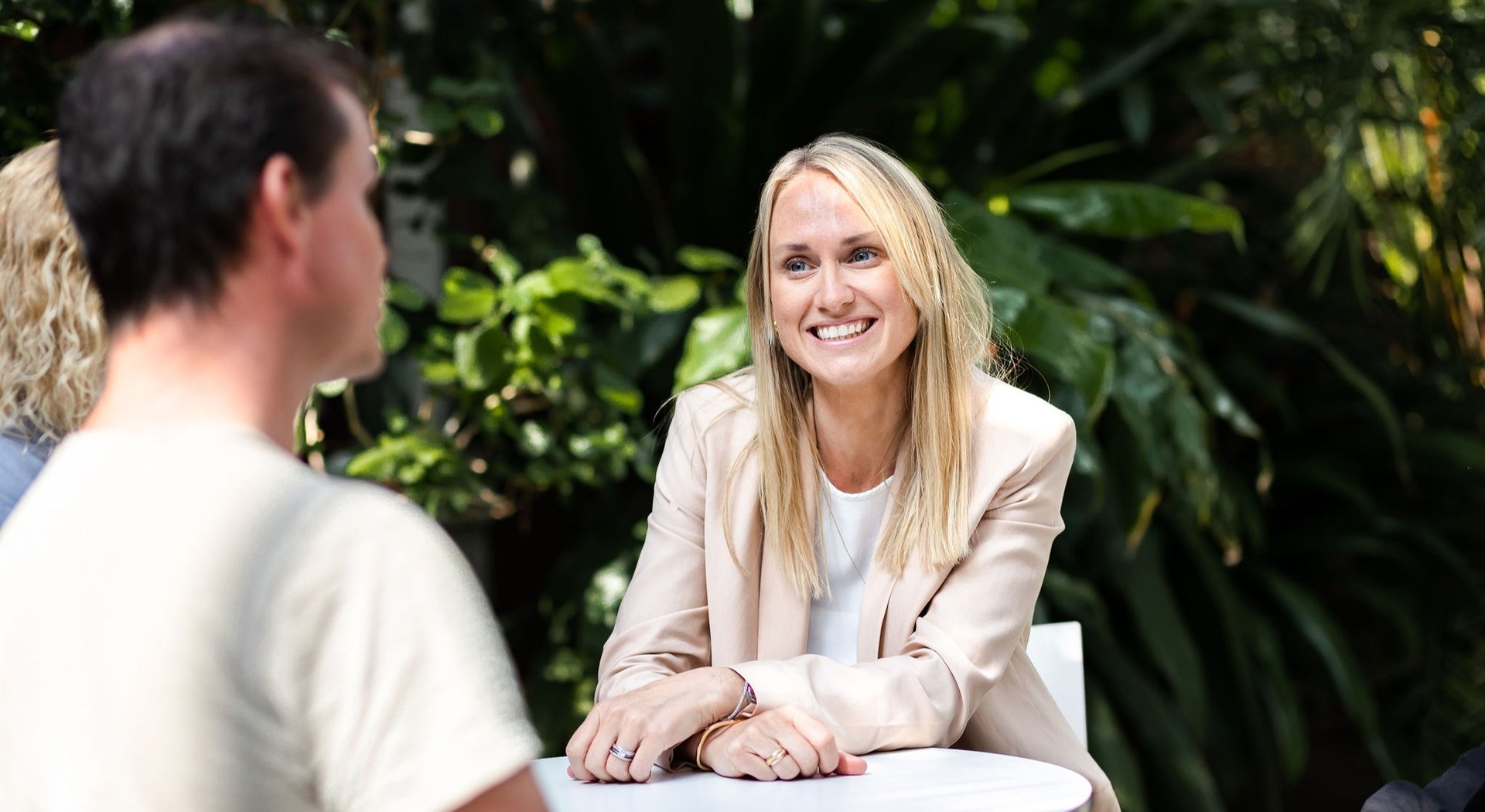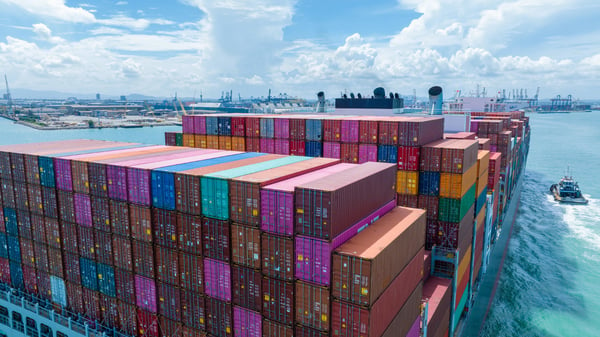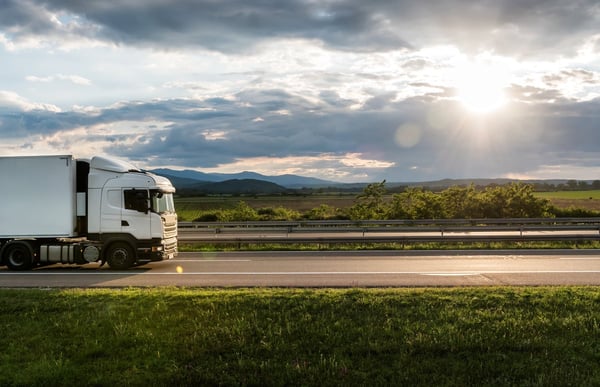We have probably never talked as much about sustainability as we do today. It is an area that covers pretty much every aspect and it is not always easy to keep up with all different terms and definitions. So let ut go through it!
The definition of Agenda 2030 and the Sustainable development goals
Many have heard of Agenda 2030 and the Sustainable Development Goals (SDG´s). But the knowledge of what the agenda contains, and which the goals are – is less common. That is why this blog post will be dedicated to Agenda 2030 and the sustainable development goals.
Let me start with some overall information:
Why is it called Agenda 2030? On September 25, 2015, the UN General Assembly adopted the historic resolution Changing Our World: Agenda 2030 for Sustainable Development. From there comes the abbreviation Agenda 2030.
Are the SDG`s just about the environment and climate? No, the SDG´s are integrated and indivisible, balancing the three dimensions of sustainable development: economic, social and environmental.
How many SDG´s are there? There are 17 SDG´s, which in turn have 169 sub-goals and are measured using 230 key performance indicators.
Who are included to work towards Agenda 2030? All 193 of the UN member states are committed to working to achieve these goals.
For those who want to read up on all SDG´s and their sub-goals, I can recommend visiting the following link: https://sustainabledevelopment.un.org/, which has collected information in an educational way.
It is worth highlighting that Agenda 2030 is the most ambitious sustainable development agenda the world countries have ever adopted. It is said to be the most inclusive and transparent process in UN history.
There are four overall objectives to achieve with the SDG`s:
- Abolishing extreme poverty
- To reduce inequalities and injustices in the world
- To promote peace and justice
- To solve the climate crisis
So, what should we do to reach the goals and these four overall objectives? Hmm ... I’d like to meet the person who could claim to have the exact answer to this! But complicated matters can rarely be solved with a simple solution. After a lot of research, I have concluded 3 main points that cannot be forgotten in order to succeed. Let me explain by painting a picture using Sweden as an example;
In Sweden, it’s supposed to work something like this:
In Sweden, all government ministers are responsible for the implementation of Agenda 2030 within their respective areas of responsibility. There are two government ministers especially responsible for the national and international implementation of Agenda 2030.
All authorities will contribute to the global goals and already in 2016, 86 authorities had to submit reports to the government on how they best can contribute to the goals.
All municipalities and regions have a great deal of responsibility for the implementation of the global goals. This becomes particularly clear as many of their basic tasks according to law are directly or indirectly linked to specific sub-goals in the agenda.
Business has a very large part of the responsibility in the transition to a sustainable society, and more and more people are starting to report on the basis of the SDG´s, but we have a long way to walk.
Whether or not the SDG´s are achieved, also largely depends on the involvement of other actors in society, such as voluntary organisations, trade unions and academia.
Last but not least, we have the consumer and the citizens. All of us who can control and choose based on our wallet and with our vote, have the power to influence businesses and politicians.
My three main points for succeeding in reaching the SDG’s are:
- Collaboration
- Influence
- Engagement



